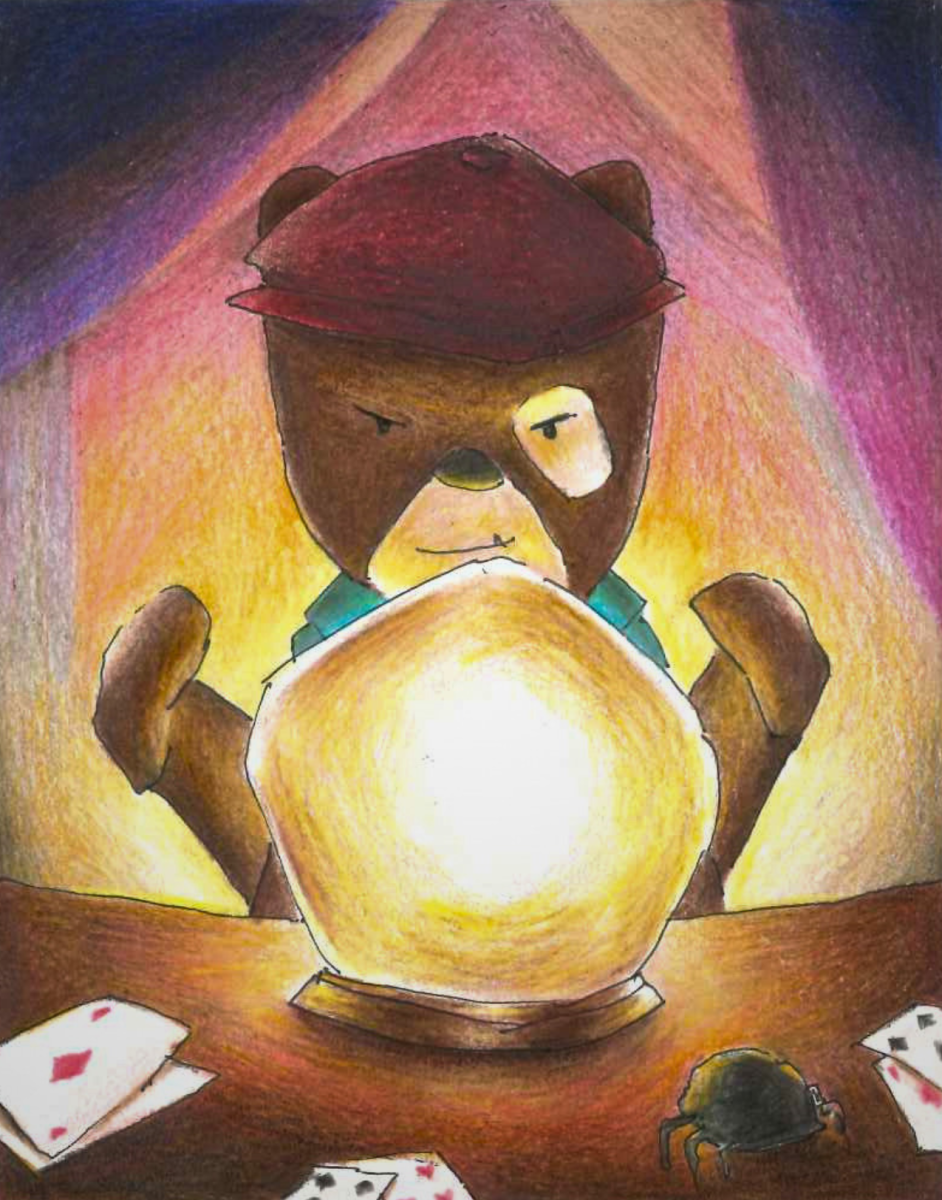By Carlito Gilchrist, Contributing Writer
When people think about comics today, usual names that pop up in their frame of mind are Stan Lee and Jack Kirby (Marvel), Bill Finger, Jerry Robinson, and Bob Kane (Batman), or Jerry Siegel and Joe Shuster (Superman). But, the study of comics here at West Liberty, or any other university for that matter, would not have been possible without Will Eisner. This week is designated Will Eisner Week, so we should take a moment to honor his contributions to the world of comics.
There’s a reason why the highest award in the comic industry is the Eisner Award, and it’s because the man behind the award was a man ahead of his time. While most cartoonists back in the 1930s and 40s were creating comics as a children’s funny book, Will Eisner was conceiving of stories and artwork that seemed to literally come to life in the reader’s hand. In 1940, Eisner was creating and publishing “The Spirit.” The origin of the character was, after being thought dead, Detective Denny Colt returned to the world of the living as “the Spirit” to hunt down criminals in a more realistic, violent, and smarter way than Batman ever could.
Will Eisner was exploring the dimensions of graphic storytelling before the concept of dimensions in comics were even established. Eisner made “The Spirit” not merely as an ordinary superhero or crime comic; he used the character as a lynchpin to unleash a whole world of stories never thought of. His art style literally broke the barriers of comics in those days. Characters broke out of panels, the stories had more real-life reflection to them, and characters were relatable. “The Spirit” was a way to explore many genres of storytelling in one comic, such as romance, horror, humor, and mystery.
Another work of Eisner that literally broke apart the idea of comics as a children’s medium all together was the first of his later graphic novels, “A Contract With God.” Reflecting his own pain of losing his daughter, Eisner focused that rage into the title story of the book where Frimme Hersh makes a literal “contract with God” that as long as he does good, no harm will come to him, but ultimately his tale ends in a tragic way. The other stories, such as “The Super,” “The Street Singer,” and “Cookalein” all revolve around the tenement life in New York and also didn’t end with a happily ever after, but more of a sublimely grim conclusion. The novel used large, whole-page illustrations and grotesque images to tell tragic stories about real characters. There are themes explored such as alcoholism, pedophilia, domestic violence, broken homes/families, religion, adultery, and sexual fantasy. Eisner would continue to produce more graphic novels until the end of his life and leave a legacy that can never be duplicated.
Eisner also had helped create numerous characters that some comic buffs may have heard of today, including Wonder Man, Doll Man, and Blackhawk. He even did some of the earliest educated teachings of sequential art in his later years, and taught students that are big parts of the comic industry today. As a fun side note, Eisner went to high school with Bob Kane, the man who would someday conceive the idea of Batman and take more credit than deserved. Unlike Eisner, of course, who deserves all the credit.
If the world hadn’t had Will Eisner, the world of comics would still be considered the child funny books that they were perceived as in the early days. Instead of that, comics are a respected medium and art form that many people work on to this day, all thanks to Mr. Eisner.
Photo by www.willeisnerweek.com












